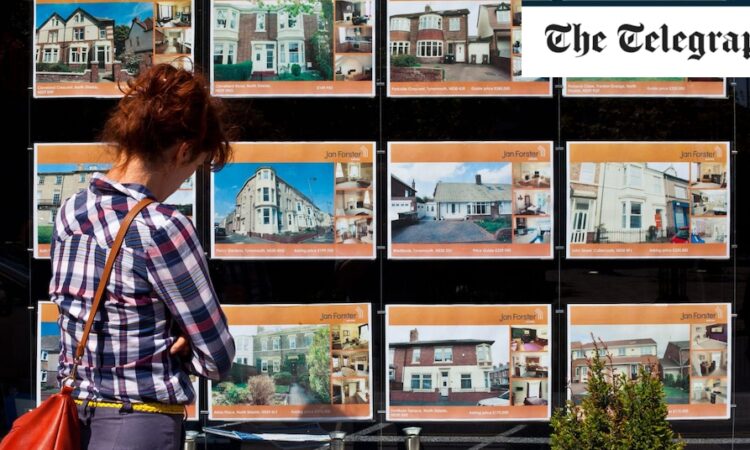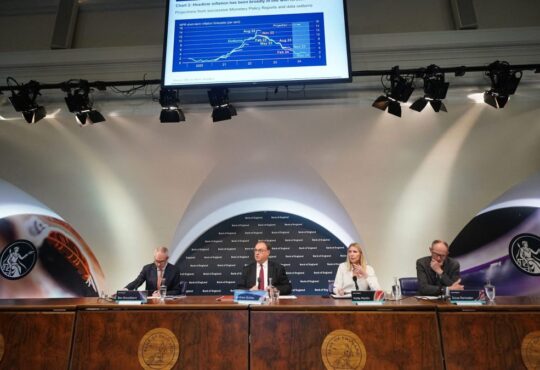
Ironically, when the Bank of England does cut rates for the first time, the impact on mortgage rates is likely to be limited.
Swap rates – the main pricing mechanism for fixed mortgages – have remained steady at around 5.2pc since early May. As they are forward-looking, markets have already taken the future drop into account.
It means that if a rate cut is pushed back further, we could even see mortgage rates increase slightly before the end of the year.
“People are hoping for lower mortgage rates,” Mr Hollingworth said. “But this may or may not transpire, as markets are already pricing in the expectation for the base rate to drop. Fixed mortgage rates are already lower than base rate.”
Rather than slashing the price of homeowners’ mortgages, the first interest rate cut – when it comes – will act more like a confidence boost for an apprehensive market, according to Mr Hollingworth.
He said: “The longer [higher interest rates] go on, people will stop looking back to when rates were at 1pc or 2pc – it becomes the new normal.
“If there’s any improvement from here this will bolster confidence and will boost transactions in the property market.”
The first rate cut will be “vital” to get the housing market moving, Mr Cook said.
He added: “Even if it doesn’t immediately change the headline cost of fixed rate mortgages, it will begin to make it easier for borrowers to meet banks’ affordability tests, which are more closely linked to the rates banks offer when such deals come to an end.”
“An early general election gives more opportunity for the market to gain traction over the autumn months when rate cuts are more likely, underpinning our expectations of low single digit price growth this year.
“The risk is that if those rate cuts are pushed back any further, the window for a pick-up in demand is shortened.”






